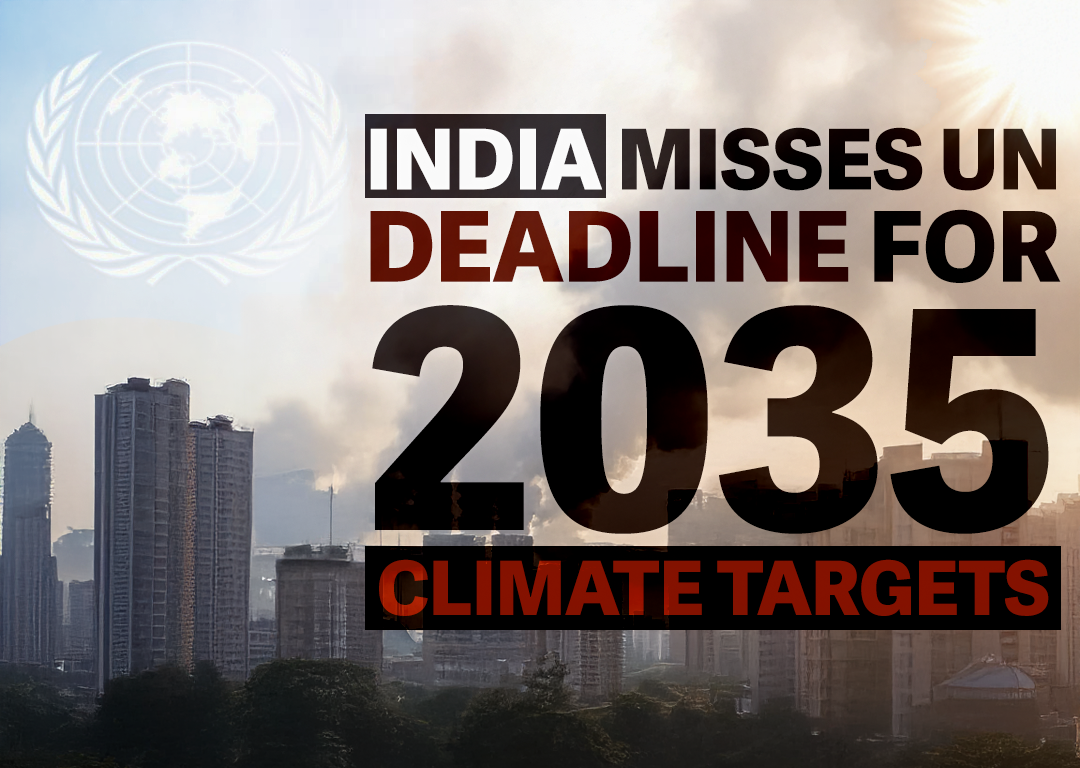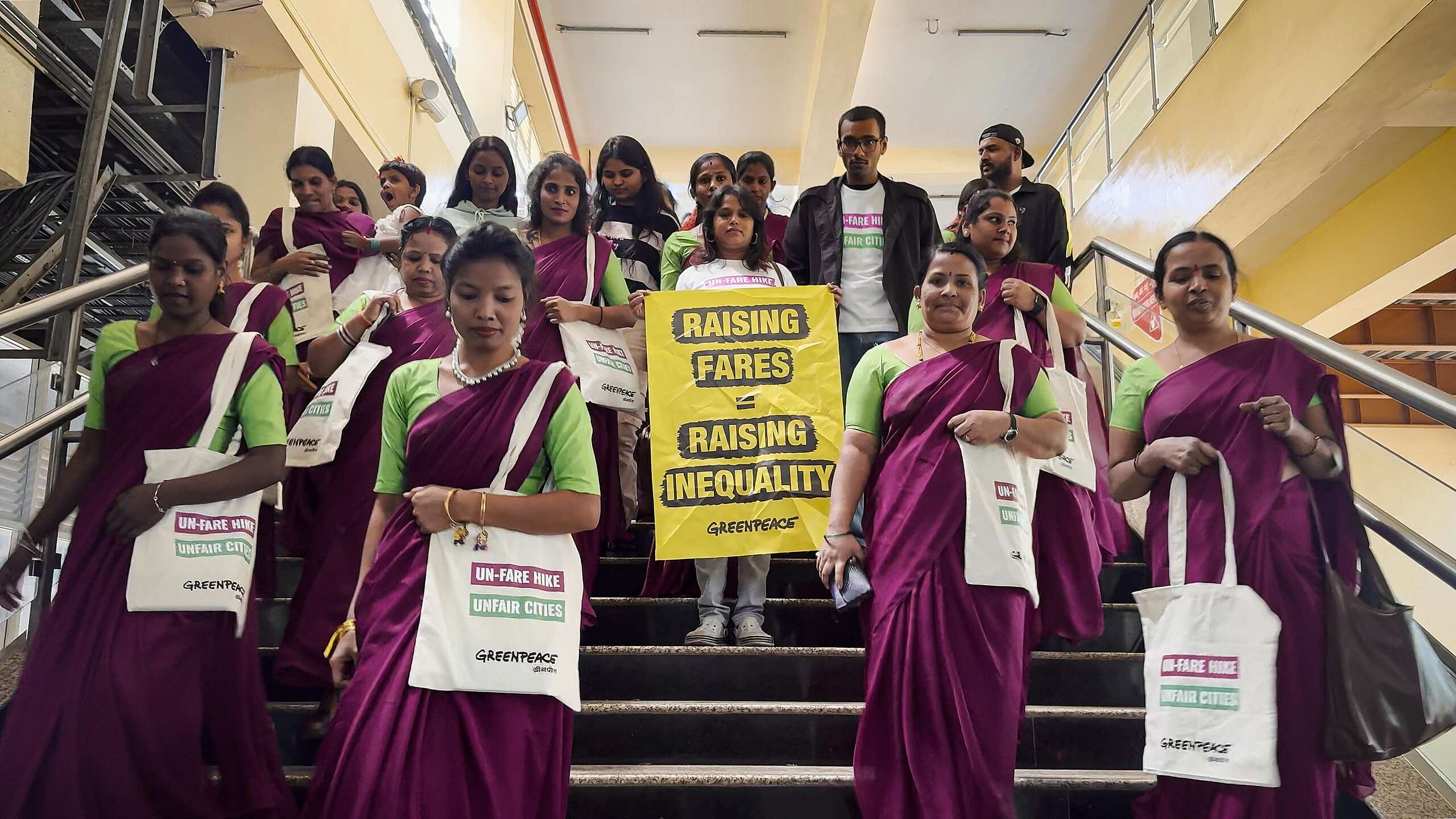The World Day to Combat Desertification and Drought is observed every year to promote public awareness of international efforts to combat desertification. It is a good opportunity to highlight the challenges our planet and its inhabitants face, with respect to soil health and land degradation. As per the UN estimates, nearly three-quarters of the Earth’s ice-free land has been transformed, mainly to meet the demand for food, raw materials and human settlement. It is a tragic fact that land degradation is negatively impacting the wellbeing of at least 3.2 billion people.[1] The ever increasing pressure on the soil and natural forests, coupled with climate change induced extreme weather events, is further escalating the crisis.[2] Currently, land degradation has reduced productivity in 23 percent of the global terrestrial area, and between $235 billion and $577 billion in annual global crop output is at risk as a result of pollinator loss.[3] Due to drought and desertification, 12 million hectares are lost each year (23 hectares per minute). Within one year, 20 million tons of grain could have been grown.[4]
The unchecked deforestation is not only causing land degradation but is responsible for exposing humanity to many frightening zoonotic viruses.[1]
The Prime Minister of India has recently raised the issue as a civilisational crisis in the High-Level Dialogue on Desertification, Land Degradation and Drought at the United Nations. ‘Land is the fundamental building block for supporting all lives and livelihoods and the web of life functions as an interconnected system. Sadly, land degradation affects over two-thirds of the world today. If left unchecked it will erode the very foundations of our society, economies, food security, health, safety and quality of life’ he said.[1] “We are on track to achieve our national commitment of land degradation neutrality. We are also working towards restoring 26 million (2.6 crore) hectares of degraded land by 2030,” the prime minister said.[2] This commitment means a lot for a country which has the responsibility of ensuring food and nutritional security to its over 1.4 billion people.
Restoring degraded land is of utmost importance, protecting our soils from further degradation is even more critical. Scientists strongly believe that lack of action to address land degradation will increase emissions and reduce carbon sinks and is inconsistent with the emissions reductions required to limit global warming to 1.5°C or 2°C.[1] Climate change, rapidly changing land-use patterns, depleting natural vegetation cover and unscientific industrial agricultural practices are the prime causes of land and soil degradation. This exposes land to erosion, weathering forces and extreme weather events.
Natural vegetation covers are the best protector of soils as they are rich in floral and faunal biodiversity and can hold the soil through innumerable regenerative and rebuilding microorganisms. These could be old forests and could be seasonal weeds that cover the soil during the driest and hottest climate. Their dead and alive leaves, plant residues and roots reduce the impacts of the weathering and erosion agents very efficiently. They provide shelter, food and protection to many animals, the tiniest ones and the biggest ones, and insects and microorganisms and in collaboration with all of them they create the protection shield for the soil. Artificial or monoculture tree plantations can provide little support as they do not have multi-layered canopies and roots to hold the soil.
Similarly, agricultural practices, which emulate natural vegetation, are good for ensuring soil and land conservation. They too boost the biodiversity, allow crop roots to penetrate deeper and create tunnels for smooth water seepage. These practices are a combination of mixed cropping, allelopathy, contouring and bunding, adding organic carbon in the soils through biomass residues, green and mulch covers and maintaining the soil moisture. The enhanced soil biodiversity improves soil health and biodiversity, which dramatically improves soil fertility and food quality. That means more food with better nutritional values for the consumers, reduced fertiliser costs for the producers and effective conservation of our soil and land.
One fantastic fact about biodiverse healthy soils is that they regenerate the surface as well as sub-surface water bodies and the marine life there. They ensure increased and filtered percolation of water into the groundwater tables and proactively check siltation of rivers and reduce the turbidity levels of the water bodies.[1] The reduced turbidity in the water bodies help them in maintaining their temperature.[2]
Greenpeace India is working with more than 200 small and marginal farmers in an eastern district of India which is vulnerable to both, rapid sheeting off of water and droughts due to its geography. The initiative called Living Soils, is a collaborative effort of the farmers, local government and Greenpeace India to develop a community-based sustainable model of soil rejuvenation and land conservation. These farmers, mostly women farmers, have started adopting ecological agriculture practices to grow their food, especially vegetables for their own consumption. They are growing at least 20-22 different types of native vegetables on the experiment plots using biomass-based carbon-rich fertilisers and non-pesticidal pest management. They also grow cover crops such as moong peas and other naturally growing plants of the region having dietary or medicinal values along with the cereals, pulses and oilseeds. This process has not only bolstered their food and nutritional security and crop resilience against extreme weather events but has significantly improved the soil health of their farms. There has been no report of any pest attacks from any of these test fields either. Farmers report that water requirement of the plots under the experiment is significantly lesser than other plots. There has been no complaint of any decrease in the productivity from any of the farmers. Rather they claim that the food quality has improved after shifting to ecoag practices.
In Kedia, where the initiative is going on since 2014, in addition to the benefits mentioned earlier in the article, farmers report that groundwater levels have stabilised and the community is able to grow food all around the year without any bore-well irrigation support. The community has restarted using well water for drinking and there has been reduced numbers of water-borne infections in the village.
We mark World Day to Combat Desertification and Drought 2021,[1] by celebrating the efforts and innovations of the women farmers who have successfully demonstrated that by improving the soil health we can ensure a safe and healthy food future for all while protecting our planet from the multifaceted crises of desertification and drought. We also use this occasion to highlight the need for public investment in creating decentralised infrastructures for farmers to move towards ecological agriculture.
[1] https://www.un.org/en/observances/desertification-day
[1] http://www.fao.org/3/a0100e/a0100e08.htm
[2] https://link.springer.com/article/10.1007/s00484-008-0167-2
[1] https://www.ipcc.ch/srccl/chapter/chapter-4/
[1] https://www.thehindubusinessline.com/news/national/india-will-achieve-land-degradation-neutrality-by-2030-says-prime-minister-narendra-modi/article34816460.ece
[2] https://www.firstpost.com/india/pm-narendra-modi-address-the-nation-high-level-un-meet-on-desertification-drought-today-highlights-9717141.html
[1] https://theconversation.com/how-deforestation-helps-deadly-viruses-jump-from-animals-to-humans-139645
[1] https://www.un.org/en/observances/desertification-day
[2] https://www.ipcc.ch/srccl/chapter/chapter-4/
[3] https://ipbes.net/sites/default/files/2020-02/ipbes_global_assessment_report_summary_for_policymakers_en.pdf
[4] https://www.unccd.int/actions/united-nations-decade-deserts-2010-2020-and-fight-against-desertification



